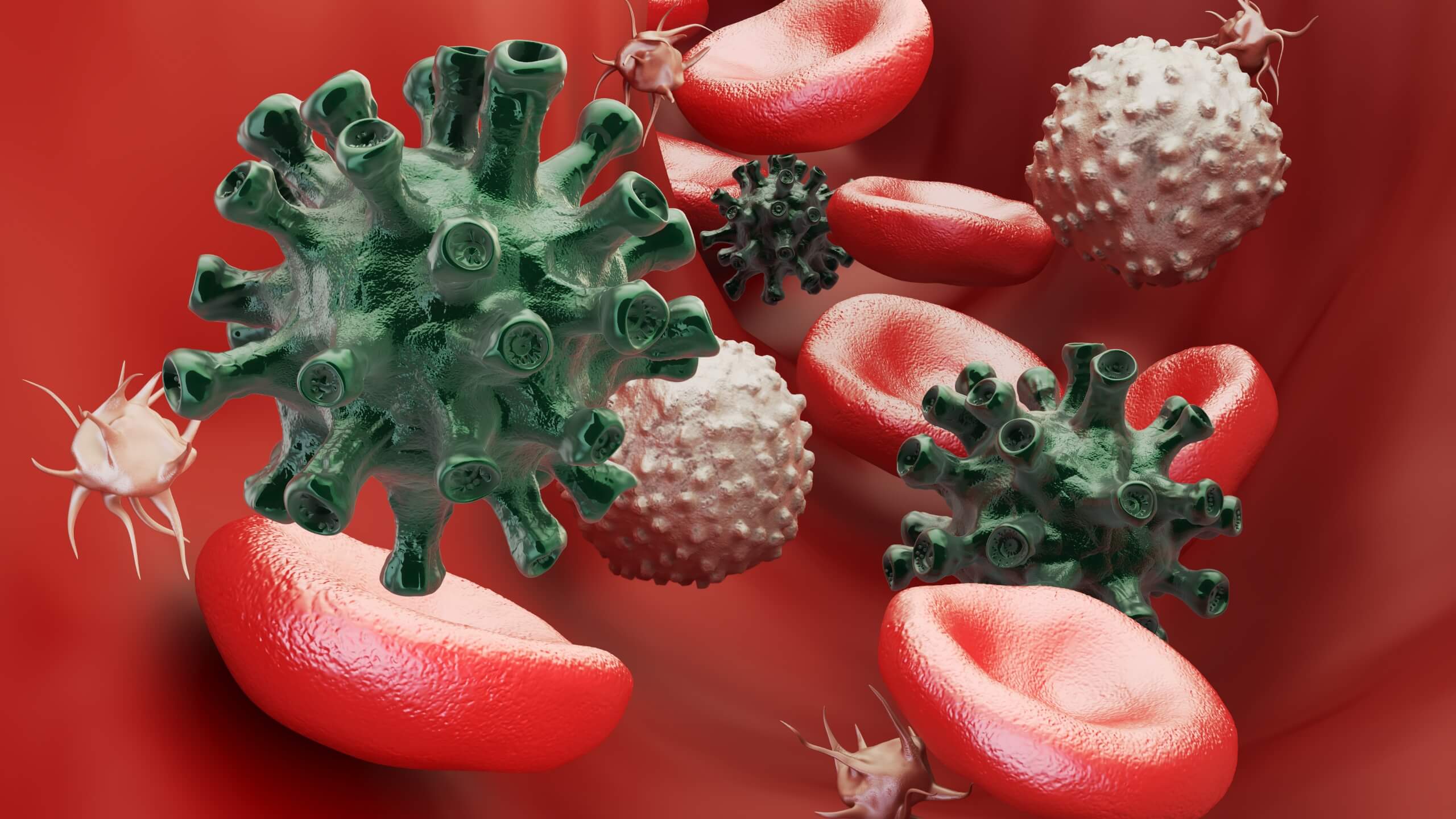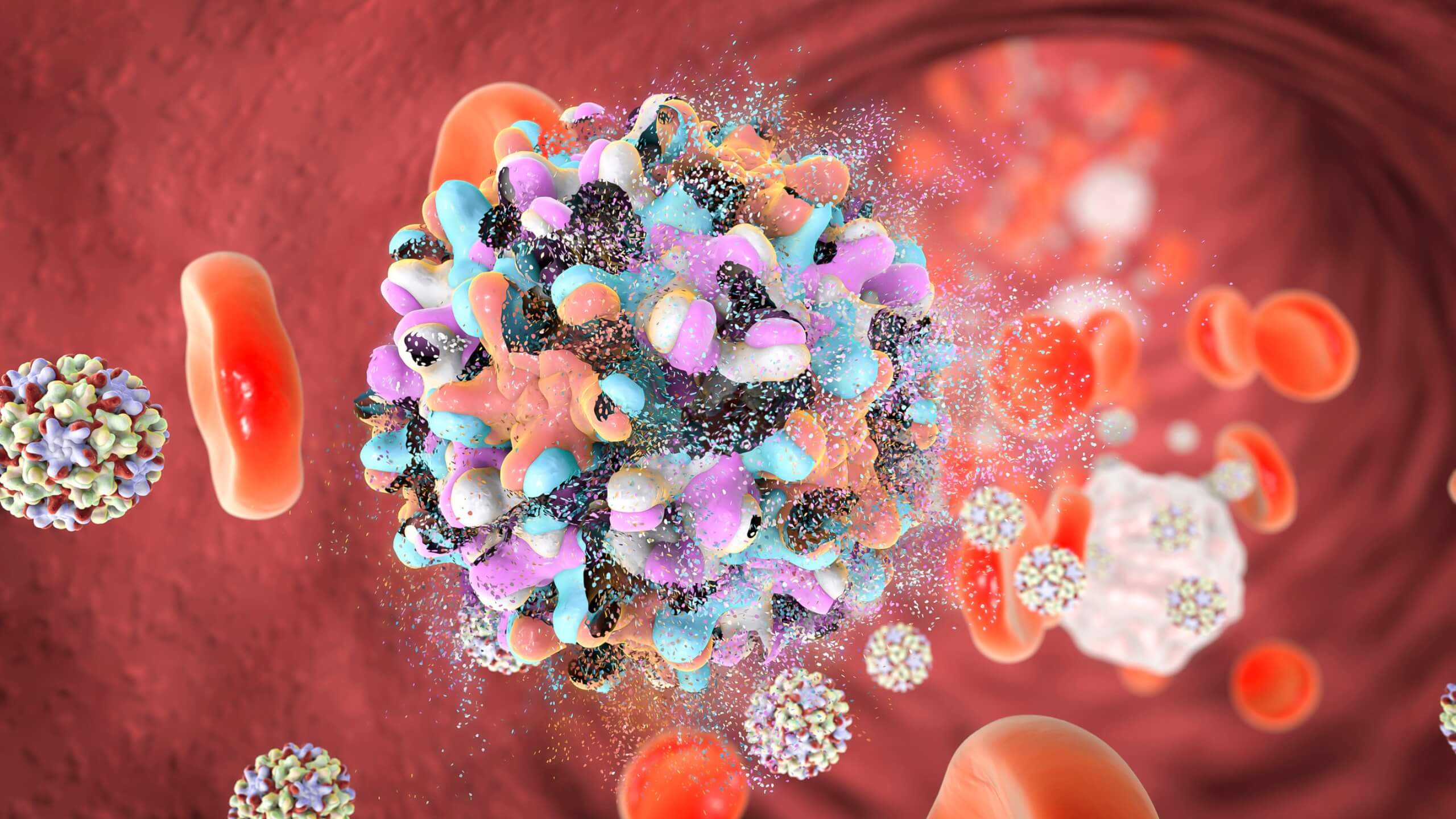There is no consensus among scientists that a virus is alive, not alive or something in between? Some say it is alive while others say it is not alive. It has been debated for a long time among scientists and continues till today but the answer is unclear. The reason is that viruses have several properties of living things but on the other hand they also have several properties, which make them non-living.
Are viruses dead or alive?
Viruses are not considered to be alive, as they do not possess the characteristics of living organisms such as respiration and metabolism. They are, however, able to reproduce and evolve in response to their environment. Viruses can only replicate themselves by invading living cells and using the host cell’s machinery for replication purposes; therefore viruses must rely on a host organism in order to survive.

What Are Viruses?
A virus is defined as an infectious agent of microscopic size and simple composition that is only able to survive and multiply within the cells of a living host (an animal, plant, or bacteria). A virus is composed of DNA or RNA encapsulated in a shell of protein. Viruses are responsible for causing the well-known or often fatal diseases including flue, measles, ebola, HIV, and covid-19.
Why Are Viruses Not Alive? – Reasons Why Are Viruses Not Alive?
Viruses are not considered alive because they do not have the characteristics of living organisms. They lack a metabolism, cannot reproduce on their own and require a host cell in order to replicate. Additionally, viruses are unable to respond or adapt to their environment like other living organisms can. Furthermore, unlike cells which contain genetic material that is encoded within DNA or RNA strands, viruses rely upon the genetic material of its host for replication and survival. Therefore, due to these differences between viruses and living organisms it is generally accepted that they should not be classified as alive.

In the 1700s, viruses were thought to be poisons, while in the 1800s they were believed to be biological particles. Viruses were discovered for the first time in 1892 by Dmitri Ivanovsky. Some years after their discovery, scientists considered them as living because they were causing diseases like bacteria, which is a living organism. However, the traits of other living things are absent in them.
Living Traits Of A Virus
A virus is made up of DNA or RNA and protein, the building block materials of living organisms. It has the ability to replicate and evolve. Once entered into a living cell, viruses have the ability to engineer their environment according to their needs. They hijack multiple cell organelles and dictate it to make proteins and genes needed for their replication.
What Makes A Virus Non-Living?
There are more than 1200 definitions of life and most of them require metabolism, which is a set of chemical processes to make energy in the form of ATP. Viruses can not carry out the processes of metabolism. They completely depend on the host cells to make proteins and to make copies of themselves. They even can not survive out of the host cells. Some viruses can survive out of the host cell, depending on the conditions of the environment they are found in, but they have a considerably short life span. Due to this complete dependency on the host for all the vital processes, some scientists consider viruses as non-living.
Recently, giant viruses have been discovered, which have hundreds of genes that suggest the complexity of viruses (as most viruses have few genes, for example the Ebola virus has only seven genes). The genomes of these giant viruses (also called mimiviruses) are even bigger than some of the bacterial genomes and some of them have genes involved in protein production and metabolism. This case supports the idea of viruses being alive.

How viruses come to exist? This equation is a key to determine the elusive nature of viruses. But finding the answer to this question is very difficult, because unlike other organisms, viruses do not leave fossils behind to study. They are also extremely diverse and evolve constantly. They also probably exchange genes with all types of life. All this makes it extremely difficult to study the basis of their genetics.
But this also helped the researchers to indicate ways of similarities between viruses and other forms of life. According to one theory about their origin, they evolved from cells then extended and evolved separately. It supports the concept that viruses are alive. The study of the shapes of their proteins has revealed that they have certain protein structures (and so the properties) similar with other organisms belonging to all types of life.
This theory is described in different forms, for example, one concept is that viruses probably originated from the circular pieces of DNA (called plasmids) in archaeans, while the giant viruses are probably the remaining parts of the extinct life domains.

Eventually, science will never agree whether viruses are living or nonliving. Researcher E. Rybicki described viruses as “ at the edge of life”, and for now, this is perhaps the nearest we will reach to an answer.
If Viruses Are Non-living, How Do They Reproduce?
A virus can not reproduce independently without a host cell. To reproduce, it inserts its nucleic acid (DNA or RNA) into the host cell. It hijacks the machinery of the host cell to replicate its DNA or RNA, make proteins, and produce its capies. Eventually, the host cell bursts due to the higher volume of new copies, releasing the newborn viruses.
Do Viruses Have Cells?
No, a virus does not have cells. In fact, a virus is extremely smaller than a living cell. It has a simple structure composed of a nucleic acid molecule (DNA or RNA) enclosed in a capsule of proteins.


